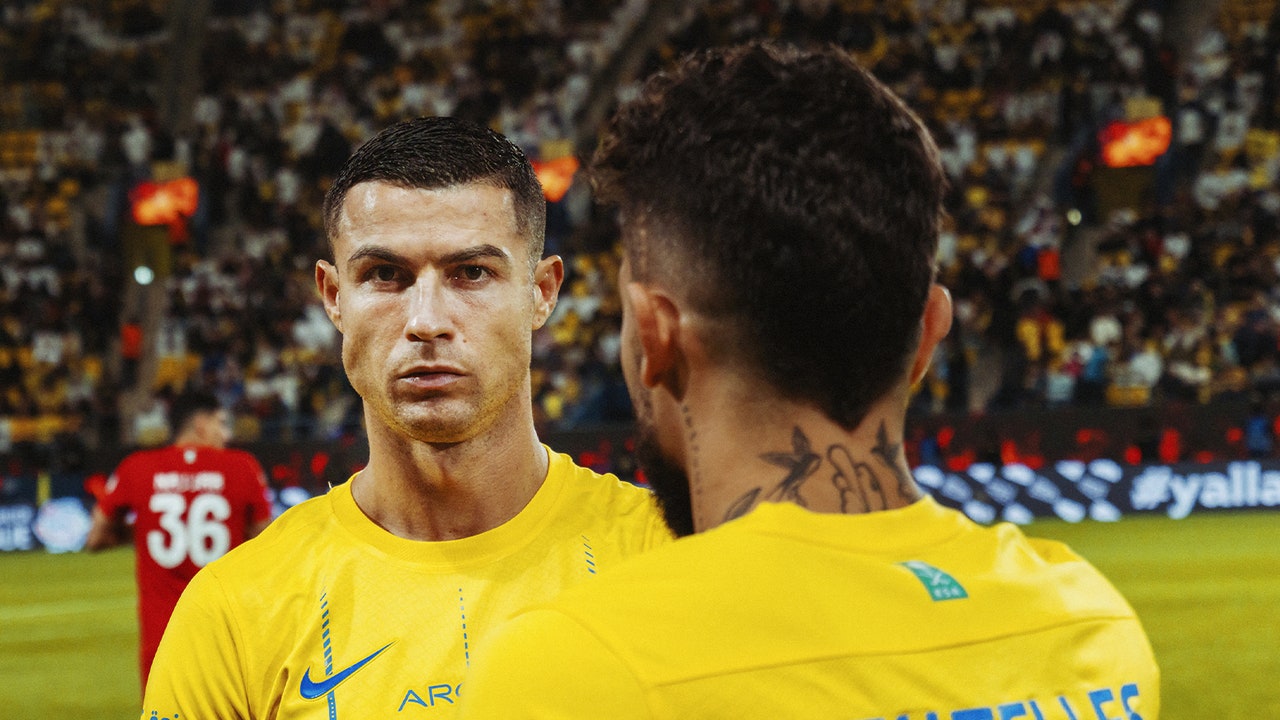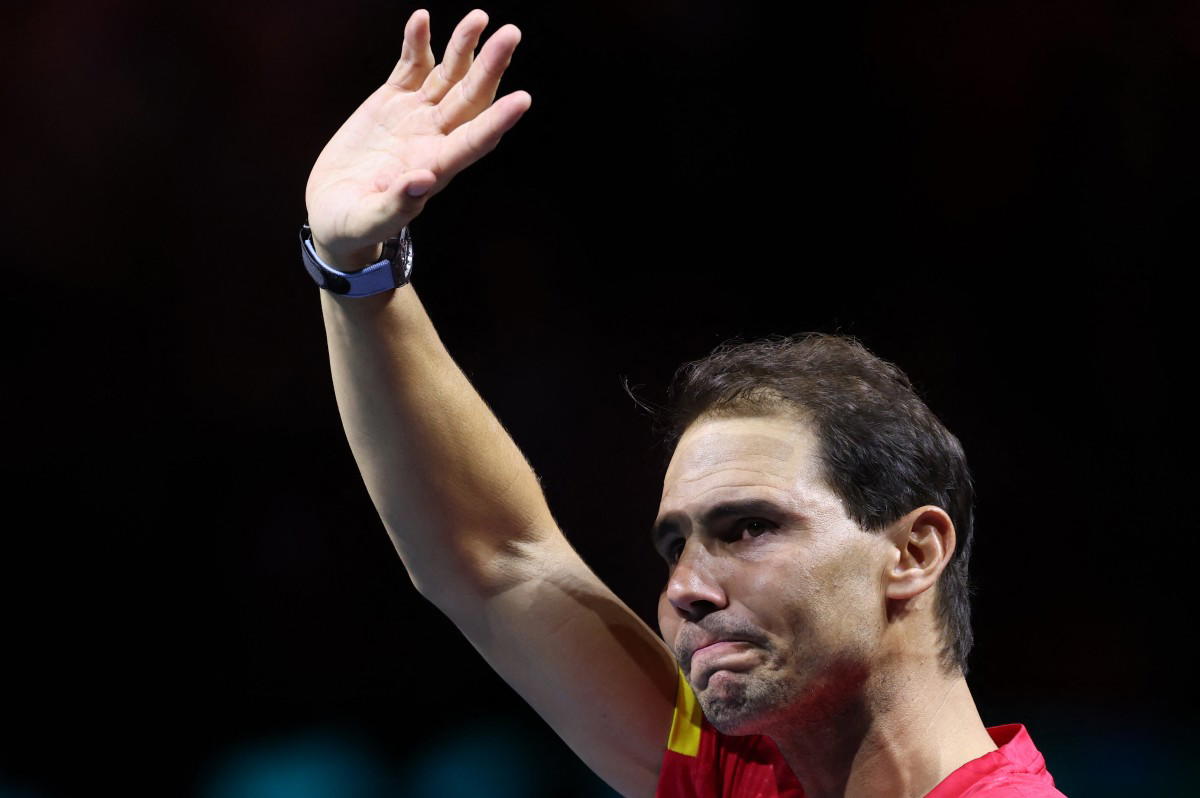Consider, before we delve into the narrative, the transformation that has shaped the landscapes of Riyadh’s Al-Awwal Park. Once a desert expanse, before that an underwater realm some 250 million years past. In those ancient waters, teeming with life, algae, diatoms, and myriad prehistoric organisms thrived. Their remains, over eons, underwent a metamorphosis catalyzed by pressure, heat, and time, culminating in the formation of crude oil.
Whole epochs unfolded. Dinosaurs ruled and faded into oblivion. Continents shifted, altering the face of the Earth. Eventually, what emerged from the depths was an unforgiving desert. Yet, humanity, resilient and resourceful, carved a home amidst the harsh sands. Then, in the early 20th century, the mantle of power shifted to Ibn Saud, known for his prowess in battle. Under his reign, the nascent Kingdom of Saudi Arabia discovered the untold riches of oil and gas, propelling its rulers to unimaginable wealth.
The crux of the matter is this: change is inevitable—gradual, incessant, and occasionally abrupt. And as we navigate the remarkable events that ensue, it may behoove us to remember that while wealth may not sprout from trees, it does, in certain corners of the world, flow freely from the depths of the earth.
Fast forward to the present day. What was once barren rock and arid soil now hosts a cutting-edge soccer arena, bustling with anticipation on this temperate Friday night in Riyadh. The Saudi Pro League match featuring the hometown favorites, Al-Nassr, beckons fans from all corners. Outside the stadium, a gathering of soccer enthusiasts forms a jovial corridor, offering treats and spirited chants. Inside, amidst the throng of spectators donning yellow-and-blue scarves over traditional Saudi attire, whispers of excitement echo—a superstar is in their midst. Cristiano Ronaldo, a legend of the game, graces Saudi Arabia with his presence, much to the delight of fans who still find it surreal.
“The GOAT! The Greatest of All Time, here at our beloved club?” exclaims Ghaida Khaled, her eyes sparkling with enthusiasm behind her niqab. “This is history in the making!”
Indeed, Ronaldo’s arrival in Saudi Arabia continues to baffle both local fans and the global soccer community a year after the Portuguese maestro inked a deal reportedly worth over $200 million annually with Al-Nassr, a modest contender in the Saudi Pro League. While aging stars have been lured to the Middle East with promises of opulence, none have commanded the spotlight quite like Ronaldo—a five-time Champions League victor and a titan of the beautiful game.
Enter Mohammed bin Salman, the crown prince driving a whirlwind transformation of Saudi Arabia under the banner of Vision 2030. This ambitious initiative aims to pivot the kingdom into a global economic force, diversifying its revenue streams away from oil dependence. Alongside lavish ventures like Neom, a futuristic megacity, the regime has poured billions into sports investments spanning golf, Formula 1, and tennis, all in a bid to position the Pro League as a heavyweight contender in the soccer arena, rivalling Europe’s elite leagues.
Ronaldo’s signing marked just the beginning of this audacious endeavor. In a stunning display of financial might, the Public Investment Fund, overseen by the Saudi government, acquired majority stakes in four premier soccer clubs, unleashing a frenzy of acquisitions. From French striker Karim Benzema to Champions League victor Riyad Mahrez, European luminaries flocked to Saudi shores, transforming obscure clubs into global attractions virtually overnight.
This unprecedented spree of acquisitions raised profound questions about the intersection of sports, human rights, and fandom. Would players truly embrace a move to unfamiliar teams in an unfamiliar league, in a country with a checkered human rights record? Would spectators tune in to matches staged in a land known more for its scorching temperatures than its soccer prowess? And perhaps most importantly, should they?
Saudi Arabia’s bid to reinvent itself as a soccer powerhouse collided with its contentious human rights reputation, casting a shadow over the glitz and glamour of the Pro League’s meteoric rise. Yet, as the floodgates of investment opened and international stars descended upon the kingdom, the allure of vast fortunes and uncharted territory proved too compelling to resist.
As players like Ronaldo, Fabinho, and Saint-Maximin embraced their new reality, navigating the intricacies of life in Saudi Arabia, the world watched with a mix of fascination and apprehension. For some, the allure of untold riches and novel experiences overshadowed concerns about the kingdom’s human rights record. For others, the moral quandary loomed large, prompting soul-searching and public scrutiny.
In this unfolding saga, where oil wealth meets the global spectacle of soccer, the stakes are high and the implications far-reaching. As players settle into their new surroundings and the Pro League vies for international acclaim, the collision of sports, money, and geopolitics paints a complex portrait of ambition and transformation in the heart of the Arabian desert. And amidst the glitz of newly minted stadiums and the allure of superstar signings, the soul of the beautiful game hangs in the balance.
The turnout issue is a pressing concern for the Saudi Professional League (SPL). Even halfway through the season, reports of dismal attendances plagued the project. In one instance, Al-Ettifaq, boasting a lineup of expensive international signings, played Al-Riyadh in front of a meager 696 fans. Another match between Al-Riyadh and Al-Khaleej in Riyadh drew only 144 spectators. The reasons cited for these low turnouts range from ticketing issues to scheduling conflicts with prayer times.
For tonight’s match against Al-Okhdood, the sparse attendance could be attributed to a simpler explanation: Najran, the home city of Al-Okhdood, is a considerable 10-hour drive across the desert. Understandably, away fans are nowhere to be seen. Nonetheless, the stadium seats are filled to about 90 percent capacity as the announcer introduces the teams. The atmosphere electrifies as Cristiano Ronaldo emerges from the tunnel, igniting wild excitement among the crowd.
Ronaldo’s presence is undoubtedly the main draw. “All my friends, even those who previously had no interest in football, are now interested because we have Cristiano,” shares Ghaida Khaled, an Al-Nassr fan. Khaled’s presence at the stadium reflects the newfound freedom for women to attend soccer games in Saudi Arabia since 2018.
Salpy Loshkhadjian, another fan attending with her 14-year-old daughter, emphasizes the significant changes in the kingdom’s social landscape. Loshkhadjian, who has lived in Saudi Arabia for 17 years, notes the remarkable shift that now allows her daughter to pursue a career as a professional athlete, exemplified by her enrollment in Al-Nassr’s taekwondo team.
Meanwhile, Al-Okhdood, a modest club without high-profile foreign signings, struggles near the bottom of the league table. The injection of funds from the Public Investment Fund (PIF) has sparked complaints of unfair advantage from other teams, likened by Al-Shabab’s president Khalid al-Baltan to racing against Lamborghinis with a small sedan.
As the match progresses, it becomes evident that Al-Nassr’s superiority is undeniable, with Ronaldo’s occasional bursts of brilliance highlighting his unmatched skill. Despite the lack of competitiveness, Ronaldo’s performance commands attention, punctuated by his celebratory gestures after scoring two goals in the 77th minute.
The post-match atmosphere transforms into a festival, with fans expressing pride in Ronaldo, the league, and their nation. The sense of gratitude towards Crown Prince Mohammed bin Salman is palpable, illustrating the perceived success of the league in captivating Saudi audiences.
The comparison to ancient Rome’s concept of “bread and circuses” is evoked, hinting at the potential of sports as a means of distraction and pacification. However, amidst the spectacle, questions arise about the true motives behind Saudi Arabia’s lavish investment in sports. Is it solely a strategic move to attract tourists and foreign investment, or does it serve as a superficial gesture to mask deeper social and political issues?
The article reflects on the criticisms directed at Saudi Arabia, acknowledging the transformation the country has undergone while questioning the depth of this change. While some view the sports initiatives as a positive step forward, others remain skeptical, pointing to persistent issues such as human rights violations and political repression.
The narrative concludes with uncertainties about the long-term viability of the SPL’s ambitious project. Drawing parallels to China’s brief foray into soccer, the article speculates on the potential fickleness of Saudi Arabia’s interest in the sport. However, with plans to host the 2034 World Cup and substantial investment in infrastructure and talent, the SPL appears poised for further expansion and influence on the global stage.
Ultimately, the article raises thought-provoking questions about the intersection of sports, politics, and social change, leaving readers to ponder the true implications of Saudi Arabia’s burgeoning sports empire.



